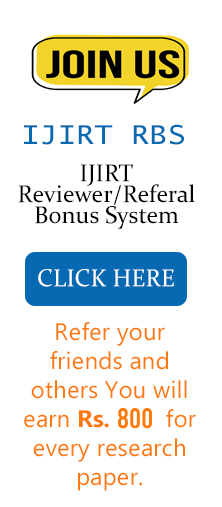| Life expectancy is increasing, technology are improving, and medications are spreading at breakneck speed. Benefits, as well as challenges and uncertainties, are evident. The evolution of healthcare is, first and foremost, the evolution of a mindset: health should be viewed as a social and economic investment, a growth driver that generates a circular well-being among those who provide technological equipment (companies), those who use it in emergencies and routine care (hospitals and the medical profession), and those who benefit from it (the general public) (the patients). Only human and economic costs can be used as a starting point: healthcare is only viable if business strategies that improve service quality do not inflate costs to the point where they are no longer available.
The technological innovation, more specifically the digital revolution, is deeply changing the way healthcare processes are managed, promoting cooperation of several healthcare players. Healthcare processes strongly rely on both information and knowledge (Lenz et al., 2012; Lenz & Reichert, 2007). Therefore, information management could play an important role and a performing technology supporting processes becomes crucial. At the same time, healthcare organizations, more than others, have to face with growing complexity of care, reducing resources, and increased regulative frameworks. Healthcare providers are trying to increase quality and, at the same time, to reduce costs in order to maximize value. Care for a medical condition often embraces multiple expertise and several interventions. Value for the patient is created by providers’ combined efforts over the full cycle of care (Porter, 2010).
Brilliant wearable contraptions, sensor-based knowledge gadgets, and shrewd well-being applications can all assist with this. Sensor-based shrewd wearable gadgets, for instance, have been utilized to screen physiological boundaries expected for COVID-19 identification. 64 Remote patient observing has consequently been utilized in an assortment of utilization fields, including cardiovascular checking, blood oxygen immersion checking, temperature checking, breath checking, rest checking, and movement levels observing. Patients can be ad |


